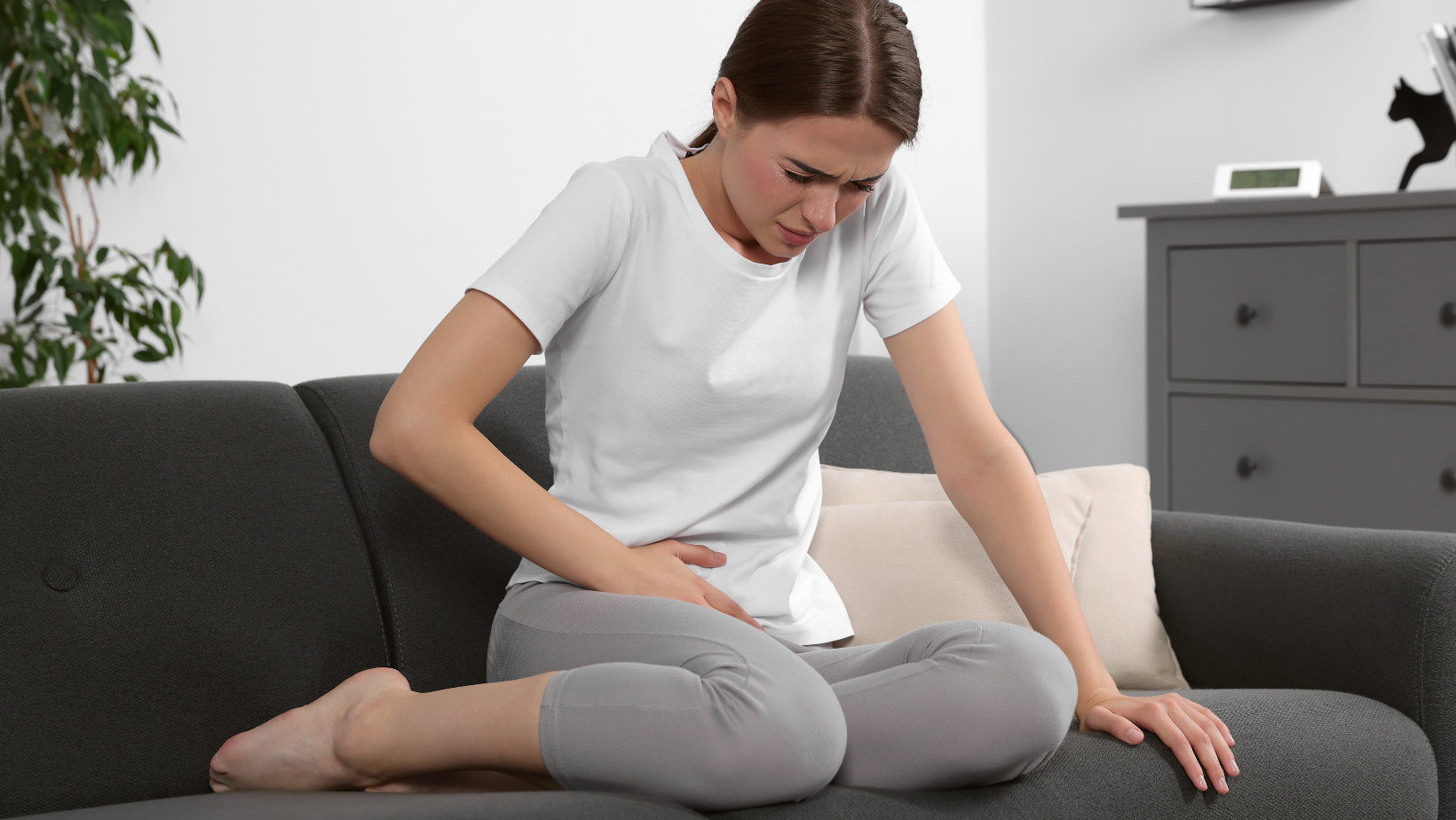Category
Pelvic pain, a discomfort or ache in the lower abdomen, is a prevalent concern that can significantly impact one's quality of life.

Have any questions?
If you have any questions, feel free to contact us at [email protected]. A member of our support team will help you shortly.
Share this blog
Fatigue
Energy
Stress
Sleep
Pelvic pain, a discomfort or ache in the lower abdomen, is a prevalent concern that can significantly impact one's quality of life. While pelvic pain is a symptom rather than a specific condition, it can arise from various causes, ranging from gynecological issues to gastrointestinal disorders. In this article, we will delve into the diverse causes of pelvic pain and explore practical solutions for managing and finding relief.
Pelvic pain is any discomfort or pain in the lower abdominal region between the hip bones. The pelvis houses various organs, including the reproductive organs, bladder, and parts of the digestive system. Consequently, pelvic pain can stem from issues affecting these structures, making the identification of the underlying cause crucial for effective management.
Menstrual cramps, or dysmenorrhea, are a common cause of pelvic pain in women. These cramps occur during menstruation and are often characterized by aching or throbbing sensations.
PID is an infection of the female reproductive organs, often caused by sexually transmitted infections (STIs). It can lead to pelvic pain, along with other symptoms such as fever and abnormal vaginal discharge.
Endometriosis is a condition where tissue similar to the lining of the uterus grows outside the uterus. This can cause pelvic pain, especially during menstruation, and may be associated with fertility issues.
Fluid-filled sacs on the ovaries, known as ovarian cysts, can cause pelvic pain, particularly if they rupture or cause the ovaries to twist.
Noncancerous growths in the uterus, known as uterine fibroids, can cause pelvic pain, especially if they grow large or press against surrounding organs.
Interstitial cystitis is a chronic condition characterized by bladder inflammation, leading to pelvic pain, frequent urination, and discomfort during intercourse.
Infections of the urinary tract, including the bladder or urethra, can cause pelvic pain along with symptoms such as a burning sensation during urination.
Conditions such as irritable bowel syndrome (IBS), inflammatory bowel disease (IBD), or constipation can lead to pelvic pain due to their impact on the digestive system.
Pelvic pain can also arise from musculoskeletal issues, such as muscle spasms, ligament strain, or joint dysfunction in the pelvic region.
An ectopic pregnancy occurs when a fertilized egg implants outside the uterus, often in the fallopian tube. This can cause pelvic pain and is a medical emergency.
If experiencing persistent or severe pelvic pain, seeking prompt medical evaluation is essential. Healthcare providers can conduct thorough examinations, order diagnostic tests, and identify the underlying cause.
Over-the-counter pain relievers, such as nonsteroidal anti-inflammatory drugs (NSAIDs), can help alleviate pelvic pain associated with conditions like menstrual cramps or inflammation.
For conditions like endometriosis or uterine fibroids, hormonal therapies, such as birth control pills or hormone-regulating medications, may be recommended to manage symptoms and reduce pelvic pain.
Physical therapy targeted at the pelvic floor muscles can be beneficial for individuals with musculoskeletal causes of pelvic pain. Pelvic floor exercises and stretches may help relieve tension and discomfort.
If pelvic pain is attributed to infections like PID or UTIs, a course of antibiotics prescribed by a healthcare professional is necessary to treat the underlying infection.
In cases where structural issues, such as ovarian cysts, uterine fibroids, or ectopic pregnancies, contribute to pelvic pain, surgical intervention may be recommended to address the specific concern.
Making specific lifestyle changes, such as maintaining a healthy diet, staying hydrated, and managing stress, can contribute to overall pelvic health and reduce the likelihood of pelvic pain.
For individuals whose pelvic pain is influenced by psychological factors or conditions like interstitial cystitis, psychotherapy or counseling may be beneficial.
Applying heat to the pelvic region through hot packs or warm baths can help relax muscles and alleviate pelvic pain associated with muscle tension or cramps.
Some individuals find relief from pelvic pain through complementary therapies like acupuncture, chiropractic care, or mindfulness practices.
Certain situations require immediate medical attention if experiencing pelvic pain:
If pelvic pain is sudden and severe, especially if accompanied by other symptoms like dizziness or fainting, seek emergency medical care.
If pregnant and experiencing pelvic pain, mainly if associated with vaginal bleeding, it's crucial to seek urgent medical attention.
Symptoms such as severe pelvic pain, vaginal bleeding, and dizziness may indicate an ectopic pregnancy, requiring immediate medical evaluation.
Pelvic pain accompanied by signs of infection, such as fever, chills, or unusual vaginal discharge, necessitates prompt medical attention.
Pelvic pain is a complex symptom with a wide range of potential causes, and effective management requires a thorough understanding of the underlying factors. Seeking medical attention for persistent or severe pelvic pain is crucial for accurate diagnosis and tailored treatment. With the appropriate interventions, individuals experiencing pelvic pain can find relief and improve their overall well-being.